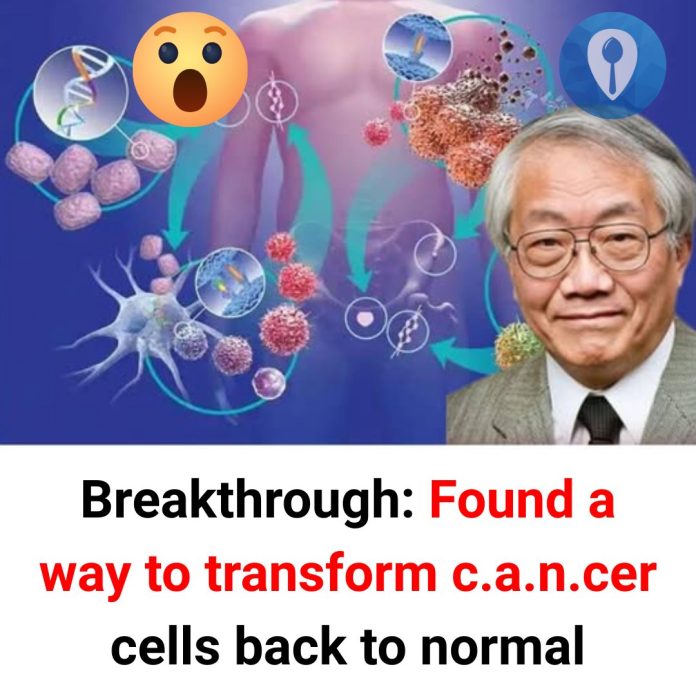In recent years, the scientific community has made significant strides in understanding and potentially reversing the progression of cancer cells. A particularly groundbreaking development has emerged from the Korea Advanced Institute of Science and Technology (KAIST), where researchers have identified methods to revert cancerous cells back to their normal state. This approach challenges the traditional paradigm of cancer treatment, which primarily focuses on the eradication of malignant cells through methods such as surgery, chemotherapy, and radiation.
The Paradigm Shift in Cancer Treatment
Conventional cancer therapies aim to eliminate cancer cells, often leading to significant side effects and the possibility of relapse due to the survival of resistant cancerous cells. The innovative strategy developed by the KAIST team, led by Professor Kwang-Hyun Cho, seeks to address the root causes of cancer by transforming malignant cells back into their original, healthy state. This method not only has the potential to reduce adverse side effects but also diminishes the likelihood of cancer recurrence.

Understanding the Mechanism
The KAIST researchers constructed a digital replica of the gene network involved in the transformation pathways of normal cells. This computational model allowed them to simulate and analyze the complex gene interactions that regulate cell transformation. Through these simulations, they identified key molecular switches that could potentially revert cancer cells to their normal state. Studies on hepatocellular carcinoma, breast cancer, and acute myeloid leukemia demonstrated that this reversal could be achieved by targeting specific mechanisms controlling the transition back to a normal state.
Implications for Future Therapies
This research has profound implications for the development of new cancer treatments. By focusing on reprogramming cancer cells rather than destroying them, therapies could become more targeted and less harmful to healthy tissues. This approach aligns with the broader movement towards personalized medicine, where treatments are tailored to the individual characteristics of each patient’s disease.
Complementary Research and Developments
The concept of reverting cancer cells to a non-malignant state is gaining traction globally. For instance, scientists in South Korea have discovered a “switch” that can revert cancerous cells to a healthier state, which could significantly impact cancer treatment by enabling patients to regain healthy cells. This approach differs from current treatments by targeting the specific moment before normal cells become irreversibly cancerous, potentially leading to less toxic and more effective therapies.
Additionally, the phenomenon of cellular anastasis, characterized by the recovery of cells from the brink of death, has been observed in certain contexts. Understanding this process could offer insights into how some cancer cells survive treatments and how they might be coaxed back into a healthy state.
Case Studies and Patient Outcomes
Real-world applications of these scientific advancements are beginning to emerge. For example, a 32-year-old woman in the UK was declared cancer-free after receiving a liver transplant for advanced bowel cancer. This groundbreaking operation, combined with targeted drug therapy, chemotherapy, and surgery, resulted in no signs of cancer in her body. Such cases underscore the potential of innovative treatment approaches in achieving positive patient outcomes.

Challenges and Future Directions
While these developments are promising, several challenges remain. Translating laboratory findings into effective clinical treatments requires extensive testing and validation through clinical trials. Additionally, understanding the long-term effects of reprogramming cancer cells and ensuring that they do not revert to a malignant state is crucial. Ethical considerations also play a role, particularly in the context of genetic manipulation and personalized medicine.
Conclusion
The discovery of methods to transform cancer cells back to their normal state represents a significant advancement in oncology. By shifting the focus from destroying cancer cells to reprogramming them, this approach offers the potential for more effective and less harmful treatments. As research progresses, it is hoped that these findings will lead to new therapeutic strategies that improve patient outcomes and quality of life.

















